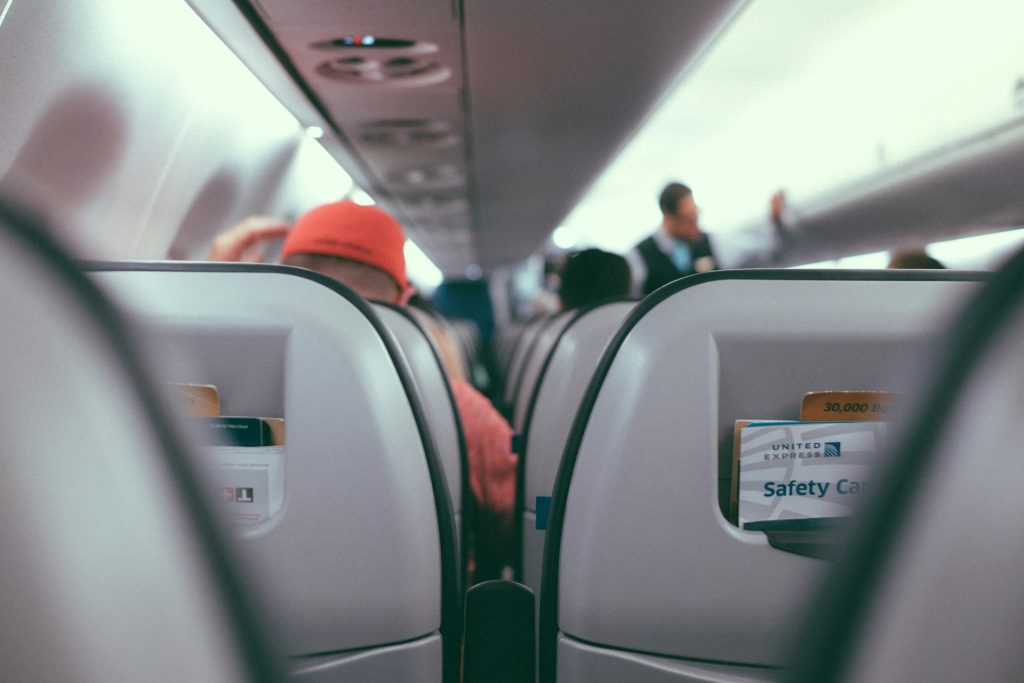
Safety should always be the top priority when heading into the outdoors. Before setting out, research your route thoroughly and understand the terrain. Check weather forecasts and be prepared for sudden changes. Always let someone know your planned route and estimated return time. Carry a basic first-aid kit and know how to use it. Wear appropriate clothing and footwear for the conditions. Bring enough food and water to last longer than your planned trip. Navigation tools, such as a map or GPS device, are essential even on familiar trails. Stay aware of your surroundings and any potential hazards. Preparation is your first line of defense against accidents.
While on the trail, pace yourself and listen to your body. Take breaks when needed to avoid exhaustion. Stay hydrated by drinking water regularly, not just when you feel thirsty. Be mindful of wildlife and keep a safe distance. Stick to marked paths to avoid getting lost and to protect natural habitats. If hiking in a group, stay together and communicate often. Keep an eye on the time to ensure you return before dark. If you feel unwell or conditions worsen, don’t hesitate to turn back. Safety should never be compromised for the sake of completing a route. Trust your instincts and make smart decisions.
Post-hike safety is just as important as preparation. Check yourself for ticks, scratches, or blisters as soon as you return. Stretching helps prevent muscle stiffness after long treks. Clean and dry your gear to keep it in good condition for next time. Review your trip to identify what went well and what could be improved. Share your experiences with others to help them stay safe too. Building good safety habits ensures every adventure is a positive one. Over time, these habits become second nature, allowing you to focus on the joy of the journey. Remember that the best adventures are the ones you return from safely. Each safe return builds confidence for the next challenge. Safety is the foundation for a lifetime of exploring.